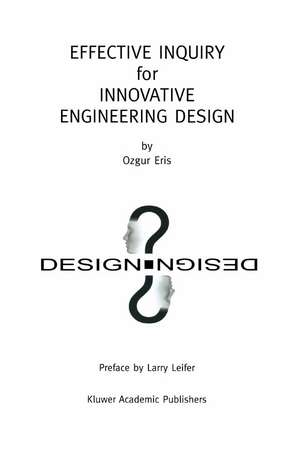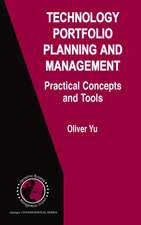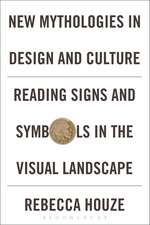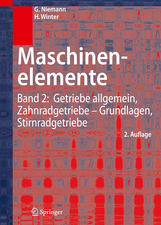Effective Inquiry for Innovative Engineering Design: From Basic Principles to Applications
Autor Ozgur Erisen Limba Engleză Hardback – 31 ian 2004
This duality challenges a view that treats designing as decision making. Decisions form the tip of the iceberg; Questions keep it afloat: Can an effective decision making process be performed without having high quality information? Can high quality information be acquired and generated without performing an effective inquiry process? The answer to both questions is no, and underscores the importance of our quest to better understand the role of inquiry in design.
| Toate formatele și edițiile | Preț | Express |
|---|---|---|
| Paperback (1) | 634.18 lei 6-8 săpt. | |
| Springer Us – 3 oct 2012 | 634.18 lei 6-8 săpt. | |
| Hardback (1) | 639.90 lei 6-8 săpt. | |
| Springer Us – 31 ian 2004 | 639.90 lei 6-8 săpt. |
Preț: 639.90 lei
Preț vechi: 752.83 lei
-15% Nou
Puncte Express: 960
Preț estimativ în valută:
122.46€ • 127.38$ • 101.10£
122.46€ • 127.38$ • 101.10£
Carte tipărită la comandă
Livrare economică 15-29 aprilie
Preluare comenzi: 021 569.72.76
Specificații
ISBN-13: 9781402077173
ISBN-10: 1402077173
Pagini: 168
Ilustrații: IX, 154 p.
Dimensiuni: 155 x 235 x 15 mm
Greutate: 0.4 kg
Ediția:2004
Editura: Springer Us
Colecția Springer
Locul publicării:New York, NY, United States
ISBN-10: 1402077173
Pagini: 168
Ilustrații: IX, 154 p.
Dimensiuni: 155 x 235 x 15 mm
Greutate: 0.4 kg
Ediția:2004
Editura: Springer Us
Colecția Springer
Locul publicării:New York, NY, United States
Public țintă
ResearchCuprins
1. Introduction.- 1.1 Why Study Question Asking?.- 1.2 Why Study Design Cognition?.- 1.3 Research Questions and Approach.- 2. Question Asking: A Fundamental Dimension in Design thinking.- 2.1 Contemporary Topics in Design Research.- 2.2 The Question-Decision Duality.- 2.3 Learning from Existing Taxonomies of Questions.- 3. Development of a Taxonomy that is Comprehensive of the Questions Asked while Designing.- 3.1 Context for the Observations on the Nature of Questions Asked While Designing.- 3.2 Definition of a Question.- 3.3 An Argument for the Search for the “Possible” and Its Characterization as Question Categories.- 3.4 Comparison of the Taxonomic Approaches.- 4. Hypothesis Generation in the Field: Shadowing the Design Team.- 4.1 Grounded Principle for Hypotheses Generation.- 4.2 Context of the Preliminary Observations.- 4.3 Two Techniques for Capturing Design Activity in the Field and Generating Hypothesis.- 4.4 Findings of the Field Research.- 5. Designing the Intervention: Differentiating Designing from Problem Solving.- 5.1 Deriving Requirements for the Design Experiment.- 5.2 Addressing the Requirements.- 5.3 Meeting the Requirements: The Pilot Experiment.- 6. Learning from the Pilot Experiments: “Good” Questions and Discoveries.- 6.1 Improving the Experimental Methodology.- 6.2 Augmenting the Hypotheses: Discovery Making as another Internal Performance Metric.- 6.3 Refining the Hypotheses: Characterization of a “Good” Question.- 6.4 The Augmented Hypotheses.- 7. Conducting the Redesigned Experiment: Putting the Question Asking Aspect of Design Cognition under the Microscope.- 7.1 Data Collection and Analysis Procedures.- 7.2 Data Analysis and Results.- 7.3 Revisiting the Hypotheses.- 8. Synthesizing a Question-centric Design Thinking Model.- 8.1Question Asking as a Process.- 8.2 Question Asking as Creative Negotiation.- 8.3 Question Asking as a Mechanism for Managing Convergent and Divergent Thinking Modes.- 8.4 Implications of the Verified Hypotheses.- 8.5 A Question-centric Design Thinking Model.- 8.6 Potential Applications of the Design Thinking Model.- References.













